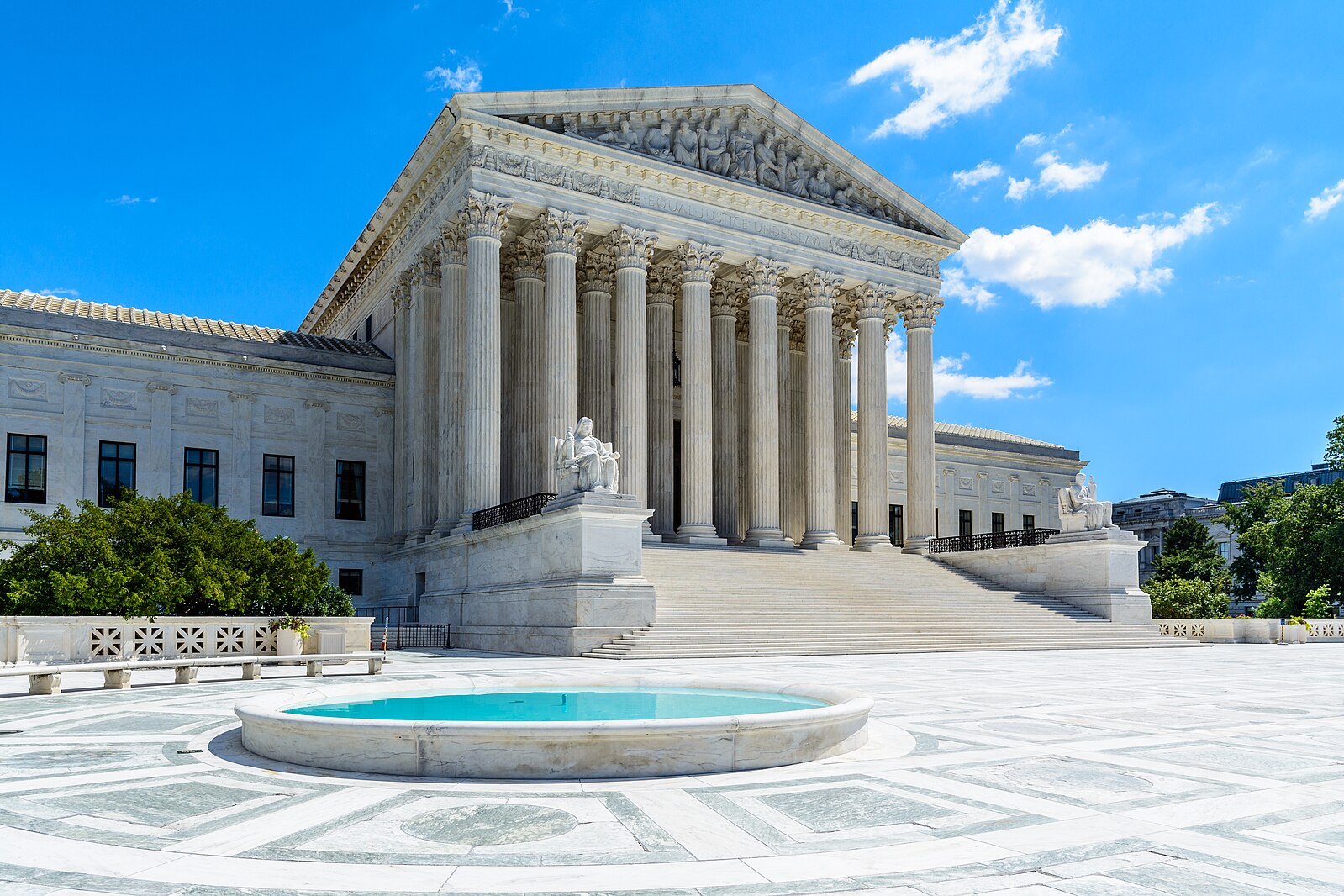Brexit Endgame: Parliament Sends Contradictory Messages as Deadline Nears
Editor’s Note: This article originally appeared on Order from Chaos.
Published by The Lawfare Institute
in Cooperation With

Editor’s Note: This article originally appeared on Order from Chaos.
On Jan. 29, two months to the day before the United Kingdom is scheduled to leave the European Union (EU), the British Parliament prepared to take charge of the Brexit process. It considered a series of amendments on alternative approaches to the unpopular deal that Prime Minister Theresa May negotiated with the EU. Yet rather than seizing control, Parliament adopted a non-binding motion opposing a no-deal Brexit and rebuffed measures that could have actually avoided that outcome. It also called for the Irish backstop to be replaced by “alternative arrangements,” which the EU has repeatedly said it will not do. These votes result in a contradiction: if Parliament does not ratify a withdrawal agreement with a backstop, there will be no deal. Despite the legislative drama, little has changed and this cycle will repeat on Feb. 13. The U.K. is creeping ever closer to a no-deal Brexit on Mar. 29.
Parliament Already Voted Down the Brexit Deal. What Did It Vote on This Time?
On Jan. 15, the House of Commons defeated May’s Brexit deal. As required, May delivered a statement on Jan. 21 that addressed the bill’s defeat and outlined her next steps—including greater engagement with Parliament on the U.K.’s future relationship with the EU, stronger guarantees for workers’ rights, and protection of the Irish border in a manner supported by Parliament. May also tabled a motion that Parliament could amend as a means of considering other options.
What Options Did Parliament Consider?
On January 29, Parliament finally had the opportunity to debate and vote on its own proposals. MPs put forward numerous amendments, with Speaker John Bercow selecting seven for consideration.
Parliament adopted by narrow margins the last two amendments it considered:
- No-deal amendment: Proposed by Conservative former Environment Minister Caroline Spelman, this amendment said the U.K. would not leave the EU without a deal. In a 318-310 vote, MPs adopted this advisory motion that is not binding on the government.
- Amendment to replace Northern Ireland backstop: Proposed by senior Conservative MP Graham Brady and supported by May, this proposal enabled MPs to express their unhappiness with the Irish backstop and called for it to be “replaced with alternative arrangements to avoid a hard border.” (For background on these Northern Ireland issues, see this earlier blog post.) It also said the advocates of this amendment wanted to leave the EU with a deal and would support May’s plan if this change were made. This amendment passed by a 317-301 margin.
Meanwhile, Parliament rejected by comfortable margins several other amendments, including:
- Official Labour amendment: Proposed by opposition Labour Party leader Jeremy Corbyn, this amendment sought to prevent a no-deal Brexit by ensuring that Parliament could vote on options preventing this outcome (including a permanent customs union with the EU).
- Amendment to Article 50: Proposed by Labour MP Yvette Cooper, this amendment would have required Parliament to vote on a measure asking the EU to extend Article 50 (the legal process governing the U.K.’s withdrawal that currently expires on March 29) until the end of 2019 if May failed to secure a deal by February 26. Some opponents included Labour members who represent Leave-supporting constituencies. Following its defeat, the British pound dropped 0.6 percent against the U.S. dollar.
- Amendment to empower Parliament: Proposed by Conservative former Attorney General Dominic Grieve, this amendment would have required Parliament to take a series of “indicative votes” on alternative plans (including a no-deal Brexit).
Does May Support Parliament’s Actions?
Speaking to Parliament before and after the vote, May pledged to re-open negotiations in Brussels with an “emphatic message” on what MPs want. She supported the amendment calling for changes to the Irish backstop—a plan she had negotiated and previously defended. She promised to achieve a “significant and legally binding change,” despite acknowledging the EU’s “limited appetite” for adjustments. Notably, the votes achieved rare unity in the Conservative Party (particularly for amending the backstop) and forced Corbyn to accept May’s long-standing offer to discuss a way forward (as he dropped his provision that she first take no-deal Brexit off the table).
Will the EU Renegotiate?
Amid parliamentary churn in London, EU leaders have steadfastly refused to re-open negotiations. Immediately after the votes, European Council President Donald Tusk said: “The backstop is part of the withdrawal agreement, and the withdrawal agreement is not open for renegotiation.” He called for the U.K. to clarify its intentions on next steps, reiterating a willingness to consider a reasonable extension and to discuss the future relationship.
The Irish government also quickly reaffirmed support for the agreement and backstop. Although Polish Foreign Minister Jacek Czaputowicz mused about possible changes to the backstop in mid-January, the EU has remained united behind Ireland and quickly dismissed his proposals.
Events in Northern Ireland this month—the region marked two years without a sitting government (having already set the world record for the longest period without one last August) and a car bomb exploded in its second-largest city—highlight the continued fragility of the political and security situation.
What Happens Next?
May has pledged to re-engage the EU on the backstop, including discussion of a unilateral exit, a time limit, or unspecified “alternative arrangements.” One possible outcome is a legally binding document attached to the agreement, stating the backstop is a temporary measure (unless and until there is a trade agreement) or elaborating on plans to eventually replace it. This may not be sufficient for the deal’s opponents.
May also promised MPs that Jan. 29 was not the last chance to express their views, with the cycle repeating in two weeks. If there is not a revised deal by Feb. 13, May will make a statement to Parliament that day and MPs will spend Valentine’s Day voting on next steps.
The odds of a second referendum have decreased, as Parliament’s reluctance to adopt binding measures to delay Brexit suggests there would be similarly insufficient support to re-open the Brexit question. The remaining options are becoming increasingly stark: May’s deal or no deal.


.jpg?sfvrsn=407c2736_6)


